Imagine investing time, effort, and capital into a project only to realize it's rotten with flaws and limitations. The consequences can be detrimental, ranging from financial setbacks to damaged reputations.
Enter the feasibility study — an indispensable tool to evaluate your project and any risks. A feasibility study helps plan flawless products and services and address limitations early.
In this blueprint, we explore the power of feasibility studies and unveil the steps for creating one. We'll guide you through the principles and best practices and show you examples.
Let's jump right in.
What is a feasibility study?
A feasibility study looks at a project’s potential before spending resources.
Consider it a detective’s investigation that uncovers potential problems you could face and if it’s worth it.
The key parts of a feasibility study include:
- Analyzing the project's technical needs
- Checking if it makes financial sense
- Identifying risks and challenges
- And considering any legal or rule-related factors
Let’s say your new business venture is to open a gym. Here; a feasibility study would involve the following:
- Examining the location
- Estimating the initial investment required
- Analyzing the target market
- Assessing competition
It'd also consider factors like zoning regulations, environmental impact, and potential risks.
When do you need a feasibility study?
A feasibility study happens before starting work on a project to assess its viability. However, let’s first focus on situations outside of project management where a feasibility study comes into play.
Entrepreneurs use feasibility studies to decide if their new business or product ideas are realistic and can be done. These studies are also called business plans in this setting.
In construction, a feasibility study is a part of valuing the practicality of projects. They use it to identify resources needed vs. available, the overall cost, and return on investment (ROI).
Feasibility studies are also common in market entry strategies. Here they study market conditions, competition, and user stories.
In these scenarios, they can also fulfill the role of an investment proposal tool or a plan of action to guide ventures later.
When do you need a feasibility study in project management?
In project management, you should do the feasibility study after pitching the project but before starting.
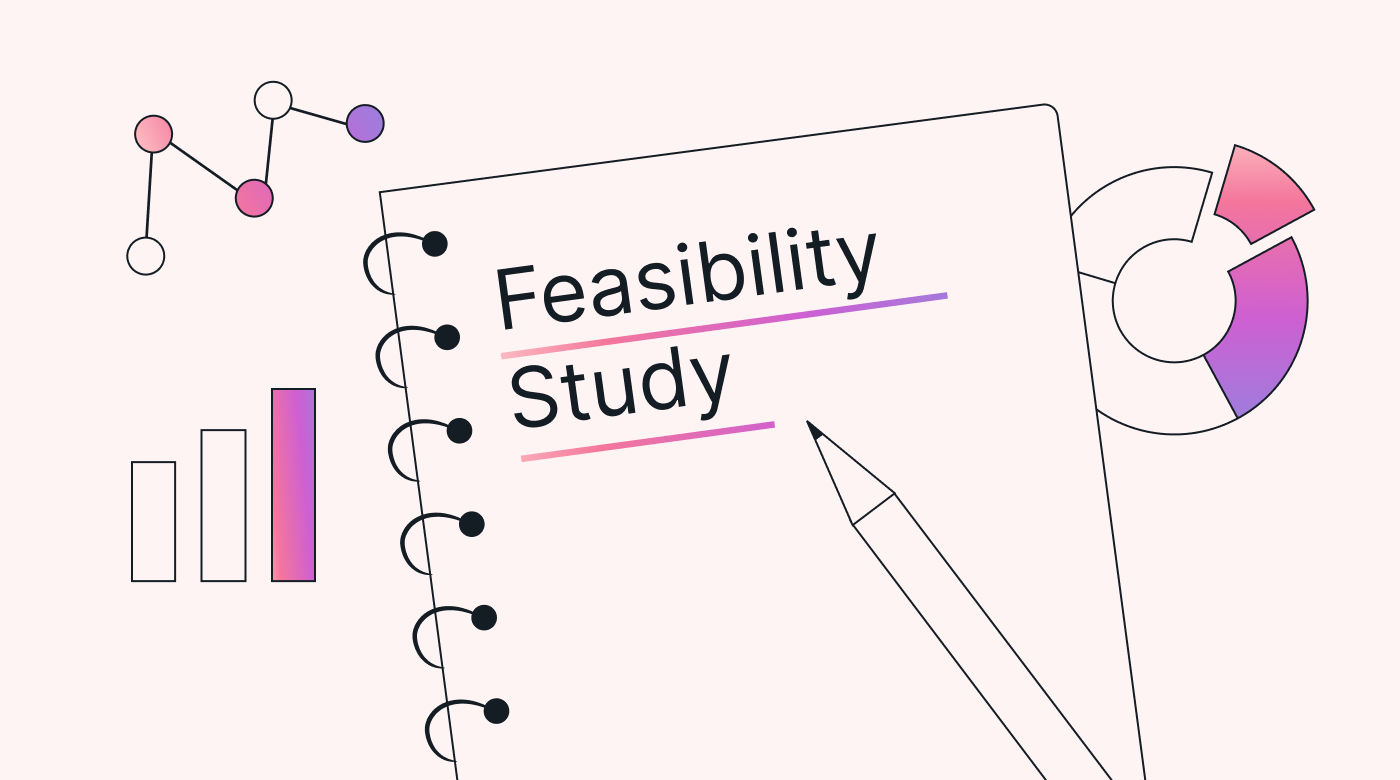 |
In project management, feasibility studies help highlight whether the project aligns with the business’s goals. It also helps them to see if they can accomplish the goals within the given constraints.
In Agile project management, feasibility studies may differ, but the purpose remains the same. For Agile feasibility studies, the focus is more concentrated and lightweight than in traditional methodologies. They are carried out before the initial project iteration and then done as the project progresses.
However, in certain projects and situations, a feasibility study isn’t necessary. These are:
- If the project is of a trivial or mundane nature.
- When the project has extensive research and validity behind it.
What benefits are there with a feasibility study?
Other than the stated advantage of clarity before tackling a project, this study has many other benefits. Let's explore these advantages a little deeper.
Risk reduction: Feasibility studies help spot potential risks and challenges early on.
Efficient use of resources: Doing a feasibility study lets managers see how they might use resources. And whether the resources needed would be made available. They can then plan the resource allocation (once the ball gets rolling).
Smart decision-making: This research can give you the knowledge you need to make wise project choices in the future.
Financial planning: Feasibility studies help managers estimate costs, predict income, and check ROI.
Meeting rules: Feasibility studies look at a project's legal and compliance aspects (often overlooked). Doing this early instead of at a product launch can save countless headaches.
It helps gain support from important stakeholders: Showing them a well-thought-out plan will help you to gain their confidence and set their expectations early.
4 types of feasibility studies
Feasibility studies come in 4 different types, each geared at helping you know what you are getting into.
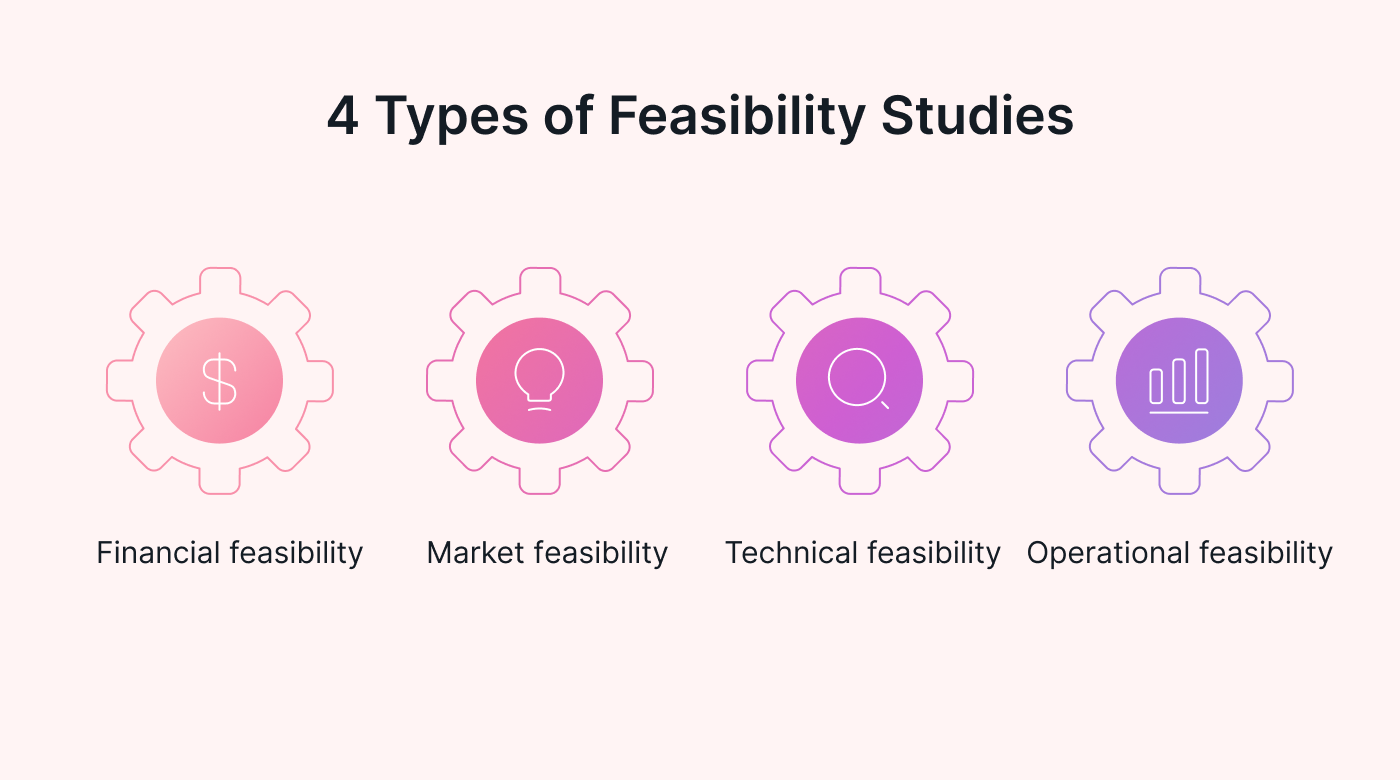 |
Let's explore the four main types.
Financial feasibility
A financial feasibility study determines whether a project is financially viable and can make enough profit. It looks at the costs, revenues, and financial implications of the whole project.
Let's look at an example financial feasibility study for a new Italian restaurant. It’d center around the costs of ingredients, rent, equipment, and employee salaries and compare them to projected profit.
Market feasibility
Market feasibility studies assess the potential market demand and acceptance for a product or service. They examine market size, customer preferences, competition, and market trends.
For instance, a market feasibility study for the restaurant might analyze the demand for similar cuisine. They could study consumer preferences for Italian dishes and preferred pricing. Doing this will also help the restaurant avoid overstocking products (ingredients) because they can anticipate the level of demand.
Technical feasibility
Technical feasibility studies determine the likelihood of success from a technical perspective. They assess factors like available technology, required resources, and technical expertise.
Let’s continue with the restaurant example and see how the technical study looks. The study will check if launching the restaurant is possible within the specified timeframe. It will also check if the necessary stoves are available and if the head chef has the required cooking skills.
Operational feasibility
Operational feasibility determines whether businesses can implement the project within themselves. It examines available resources, required skills, and existing infrastructure.
Let’s imagine the restaurant is planning to introduce a delivery service. The study would assess if the restaurant has enough staff for delivery (or would outsource it) and if the kitchen can handle additional orders. It can also check if the planned POS system can integrate with the delivery platform.
Conduct a feasibility study in 8 steps
Next up, let’s look at how to conduct a complete feasibility study. We’ve broken down the general process into eight steps, which you can apply across most industries.
1. Gather the data (pre-analysis)
Gathering relevant data and information is a prerequisite for a successful feasibility study.
Here, you focus on collecting the necessary facts and details to analyze and use in the study later. Focus on data that applies to the four types of feasibility studies and gather the information you need for each of those.
You can gather primary data by conducting firsthand surveys, interviews, or observations. You can also get secondary data from existing sources like reports, databases, or industry publications.
Using both sources gives you a more comprehensive understanding of the project's feasibility.
2. Conduct market analysis
Now let’s go over the bases you need to cover for a market analysis:
- Explore market aspects such as size, trends, customer preferences, and competition.
- Examine current market statistics to understand the potential demand for your product or service.
- Evaluate the competitive landscape to identify existing players and their strategies.
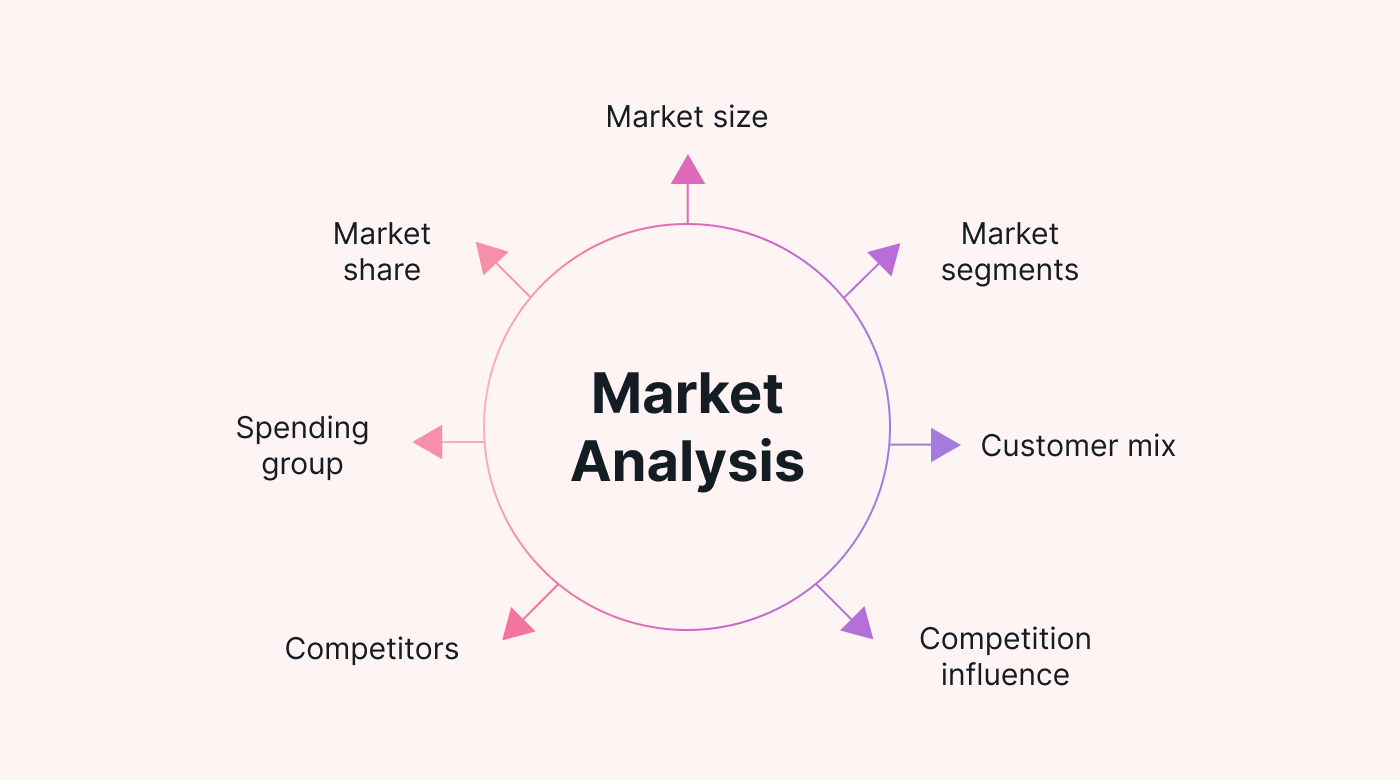 |
For your market feasibility study to be successful, your product or service should be competitive. Your business should also be able to match current market demand (or scale to meet them).
3. Evaluate technical feasibility
Next, assess the technical feasibility of the project requirements and constraints.
Consider factors such as:
- Available technology
- Expertise
- Resources
Then specify if the required infrastructure and tools are in place or if more is needed. Ask questions like, what impact does missing a few staff have on output and sales? How much downtime can you afford because of technical problems?
Also, use this study to examine potential solutions if needed. For example, can you afford another hire if you don’t have enough staff? How long will it take? Is there a way to avoid delays? Can upskilling a few staff help?
4. Perform financial analysis
Next, evaluate the projected costs, potential revenue streams, and ROI.
Then compare the above against funding sources, timeline, and budget.
5. Assess legal and regulatory factors
Next, evaluate the legal and regulatory aspects that may impact your project's feasibility.
Consider compliance requirements, permits, licenses, and any potential legal obstacles. Try to find reliable outside sources if the need arises to help you do this. It would be a shame if your product or service goes to market only to fail because of poor compliance.
6. Analyze environmental and social impacts
In this step, you should check the environmental and social impact of your proposed business.
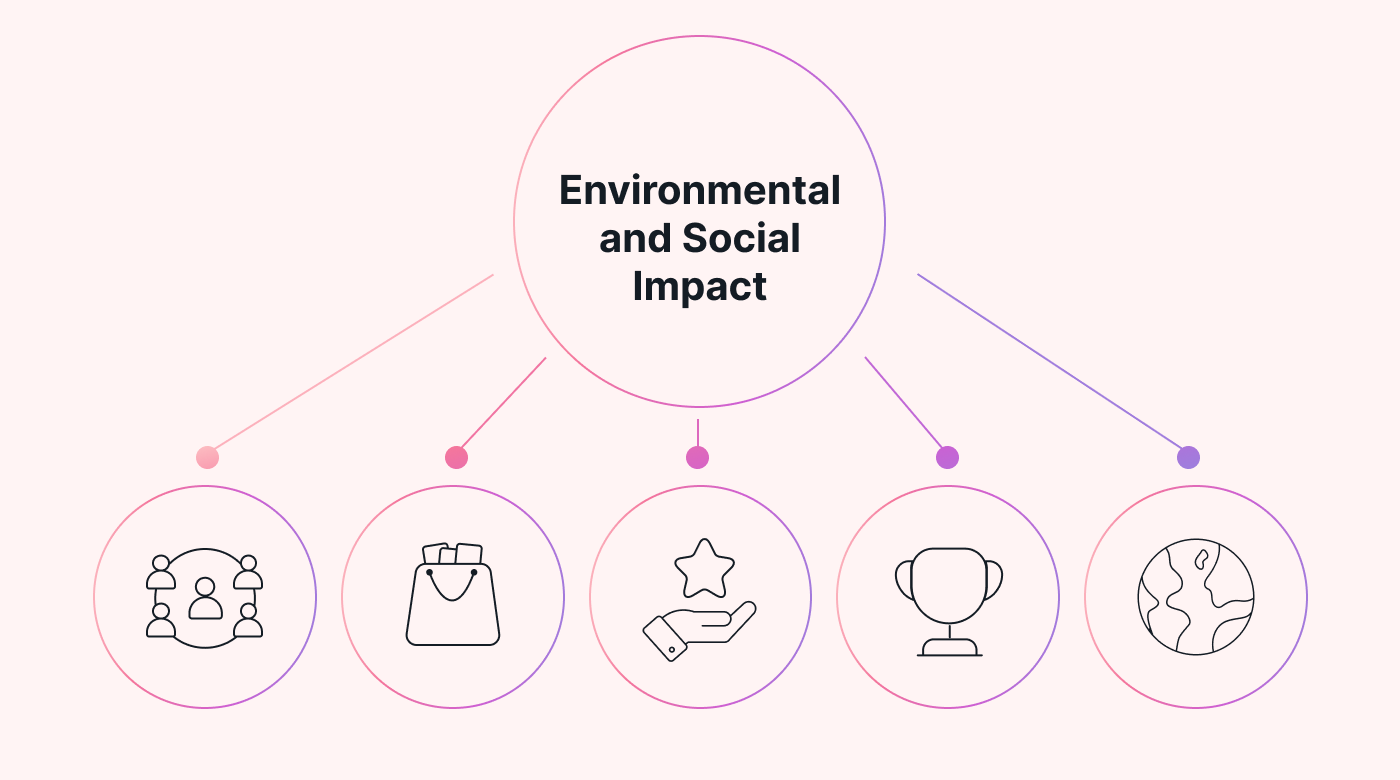 |
Think about the project’s influence on environmental regulations and corporate social responsibility. Consider things like resource usage, garbage control and their effect on the public.
7. Identify and evaluate risks
Next, we identify, evaluate, and plan for potential risks and challenges.
Why do a risk analysis in a feasibility study? The answer is that sometimes risks can be too big to take (and cause project failure).
8. Summarize findings and recommendations
Finally, it's time to summarize and give recommendations.
Make the summary concise, as you might use it to give insights to stakeholders and decision-makers.
Let’s use our Italian restaurant example again and assume you conducted a feasibility study. After all the evaluations, you found a high demand for the proposed cuisine. The necessary resources and expertise are available, and the financial projections indicate profitability. However, you did identify the risk of stiff competition in the local area. Based on this, you recommend that the restaurant strategize ways to differentiate itself from competitors.
Examples of feasibility studies
Let’s explore a couple of examples to show you the power of the feasibility study.
Marketing feasibility study
We will illustrate a situation where a firm plans to introduce a new type of product to the market.
To assess technical feasibility, they analyze factors like software tools and hardware infrastructure.
For operational feasibility, they determine if they can execute the marketing plan. They check factors like experienced staff availability, capacity, and potential operational challenges.
In the financial study, the company would analyze projected costs and potential revenue streams. They consider production, marketing, and ad costs and assess the expected ROI.
For the market study, they research the audience, trends, and competitors.
Software development feasibility study
Let us shift our focus and contemplate an alternative situation. This organization makes new software for task management and want to know if their new app is a good idea.
In the technical analysis, they evaluate if they possess the necessary software engineers, coding dialects, and software applications.
For operational feasibility, they think about staff training, the potential impact on existing systems, and ease of integration.
In the financial study, they analyze costs such as hiring programmers and ongoing maintenance. They also assess potential revenue streams like software licensing fees or subscriptions.
For the market study, they research the target market and the competitors.
Motion helps with feasibility studies
Motion is a project management tool that can boost the effectiveness and precision of your feasibility assessment.
The app can help you construct an organized timeline for your studies. With a clear timeline, you can better analyze and plot out the feasibility of the project before doing it.
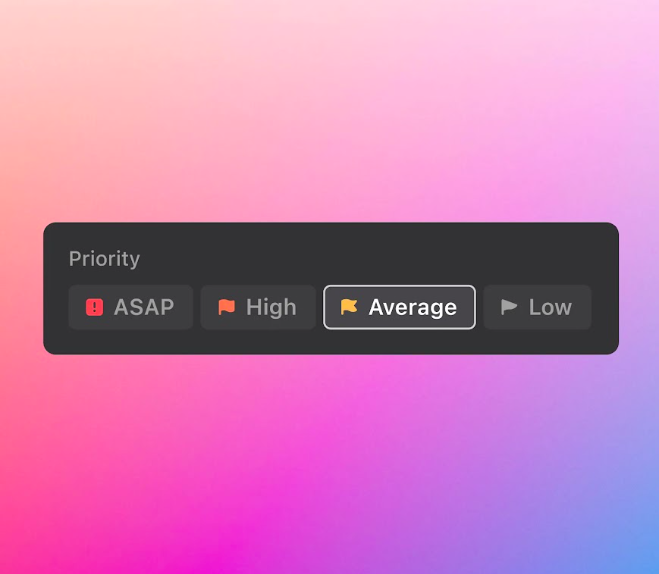 |
Motion has color-coded tasks and events to track the progress of your feasibility study. It can also manage and track the progress of various tasks and subtasks in your feasibility study.
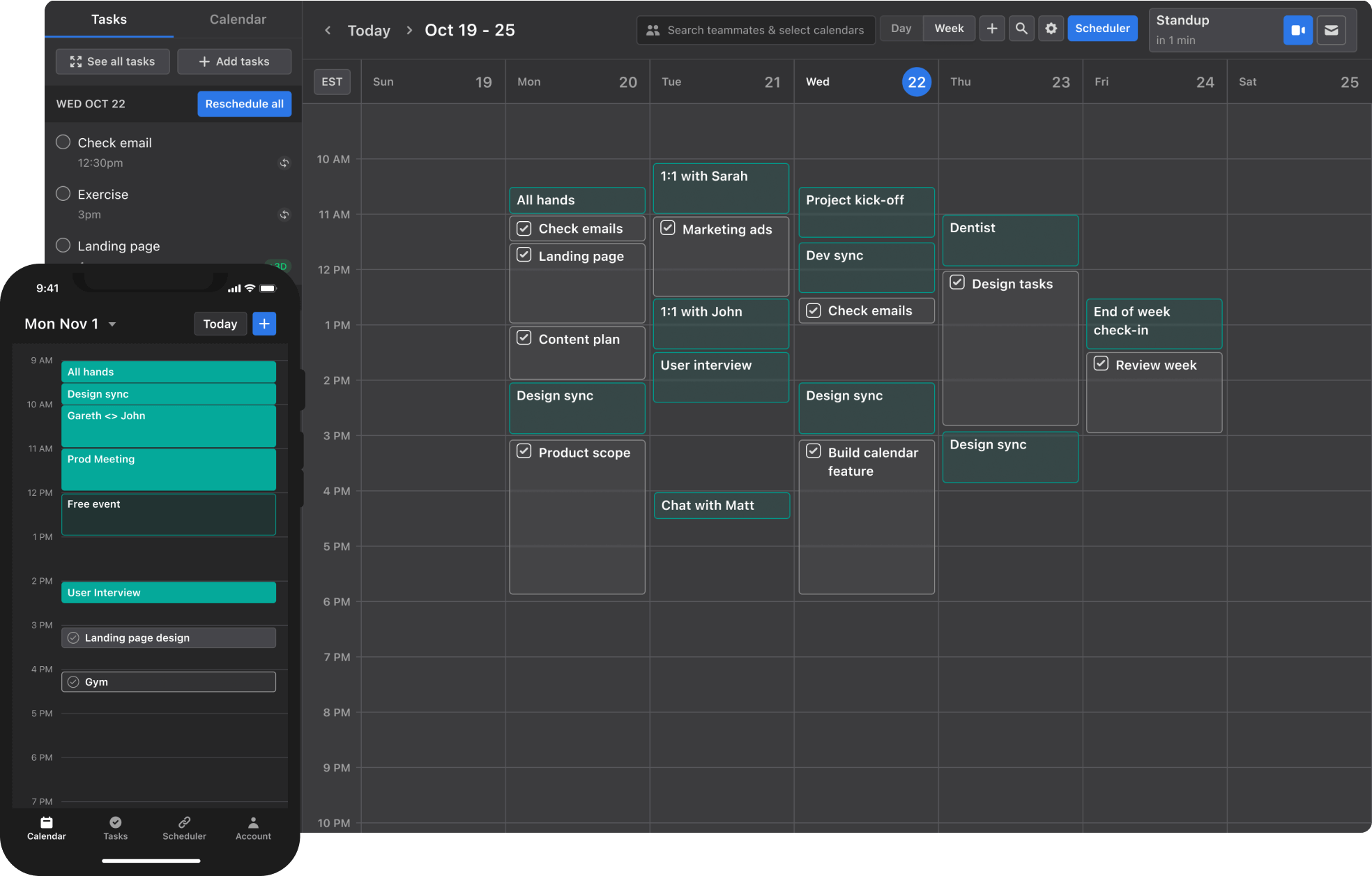 |
Motion's collaboration features can help coordinate work among team members. It can also share calendars, schedule meetings, and allocate resources for you.
It also has time-blocking features to allocate dedicated time for focused work, analysis, and research.
Sign up now for your 7-day free trial of Motion.





